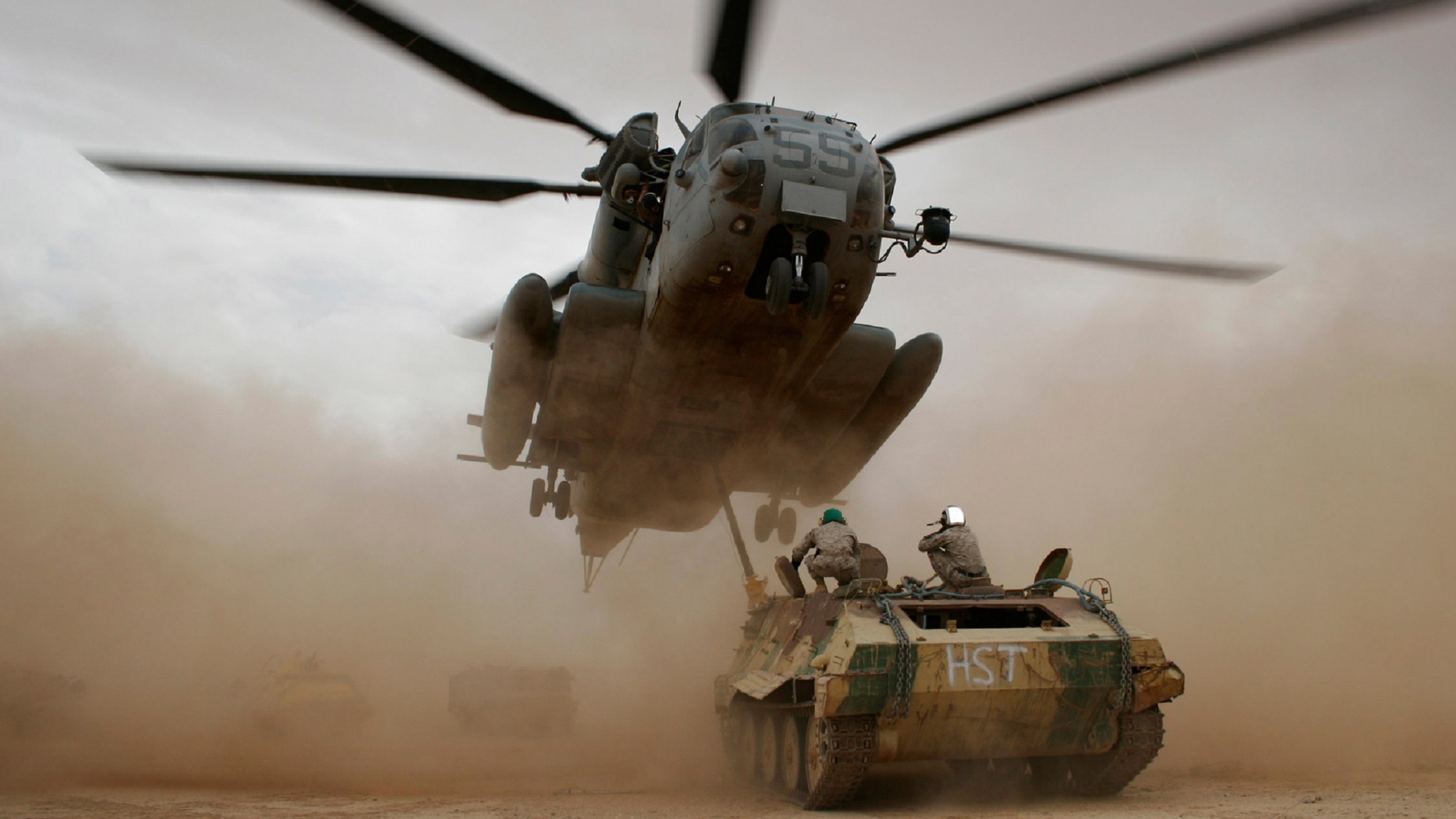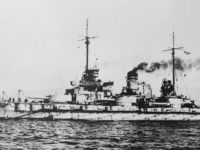The battleship SMS Westfalen belonged to the Nassau class and represented the beginning of the battleships of the imperial navy. Despite the technical advances already known in the design, the ship class lagged behind its potential.
Launching and design:
The construction of the Nassau class is based on the experience of the predecessor ships of the Germany class. At the beginning of the 20th century, the naval command of the largest naval powers was increasingly concerned with the construction of battleships. In the German Empire, the plans for such a ship class began around 1904, after which the ships of the Nassau class were developed. A little earlier, the HMS Dreadnought launched in the UK, which was the first battleship in the world.
Especially in the field of fire control great progress was made, since the planning already assumed that future naval battles would take place at a greater distance and therefore the target acquisition to a large distance was crucial. In addition, the interaction of the weapons of a ship should be improved.
Furthermore, measures have been taken in the field of protection. Thus, the building material wood for the interior decoration was replaced mainly by metal and metal to give fire hardly any possibilities for propagation.
Due to the ever-increasing explosive power of torpedoes, a new type of construction was introduced in the Nassau class to clearly absorb the energy of a detonation. The outer wall was kept relatively thin, behind it a several meters long empty passage was created which was completed with another wall. Behind them, in turn, were coal and oil storage.
During the planning of the ships of the Nassau class, it was already possible to set up the main guns in one line and firing on top of each other. However, since no turbine systems could be built for ships in Germany, the ships of the Nassau class still had to be equipped with piston steam engines, which consumed a corresponding space inside the ship and thus the main guns were installed in hexagonal layout.
The launch of the SMS Westfalen took place on 1 July 1908, the commissioning on 16 November 1909.
History of SMS Westfalen:
After commissioning and completion of the test drives, the Westphalia replaced the SMS Kaiser Barbarossa in the 1st Squadron and was used there as a flagship.
On April 29, 1912, the Westphalia was replaced by the SMS Ostfriesland and should change in the fall of 1914 in the II Squadron, with the outbreak of the war, these plans were no longer performed.
Use in the war:
After the outbreak of the First World War, SMS Westfalen 1914 to March 1915 participated in several attacks of the deep-sea fleet in the North Sea.
After a stay in the shipyard in March and April 1915, first exercises were then carried out in the Baltic until the Westfalen in August should support the thrust into the Gulf of Riga.
After the venture in the Baltic Sea, the ship was relocated to the North Sea and led by the end of April 1916 again several advances.
In the night of 31 May to 1 June 1916, the Westfalen was involved in the Battle of the Skagerrak. During the battle, the Westfalen, together with the ships SMS Nassau and SMS Rheinland could sink the British flotilla leader HMS Tipperary and the two British destroyers HMS Ardent and HMS Fortune. The Westfalen got a hit and had two dead crew members.
On 19 August 1916, the next thrust took place in the North Sea, with the Westfalen received a torpedo hit by the British submarine E23 and had to return to Wilhelmshaven. The subsequent repair lasted until 26th September.
After exercises in the Baltic Sea, some attempts were made, which, however, remained without enemy contact. During the occupation of the Baltic islands in September and October 1917, the Westfalen was in front of Aabenraa, a Danish town north of Flensburg to ward off invading British ships.
As of February 21, 1918 SMS Westfalen was assigned as the flagship of the Navy units for the Finland intervention. First, on March 5, German soldiers were dropped off in Eckerö, where they captured the Russian soldiers there and shipped them to Libau. The next assignment took place on 3 April, where at Russaro a signal station was occupied. It was followed by Reval from 9 to 11 April and from 14 April the ship was in Helsinki until it was sent back to the North Sea on 30 April.
On August 11, 1918 Westfalen ran together with the SMS Kaiser, the SMS Kaiserin and the SMS Posen north of the Netherlands as a backup for torpedo boats when it came to the Westfalen to a serious damage to the boiler plant and the ship had to shipyard. Subsequently, it was assigned to the ship artillery inspection on 1 September and served until the end of the war as an artillery training ship.
Whereabouts:
Due to the piston steam engines installed in Westfalen, the ship was considered obsolete by the victorious powers and did not have to be interned in Scapa Flow.
Only through the demands in the Versailles Treaty, the Westfalen had to be delivered on November 5, 1920 to Great Britain as a reparation.
These had the ship scrapped in 1924 in Birkenhead.
Ship data:
| Name: |
SMS Westfalen |
| Country: |
German Empire |
| Ship Type: |
Battleship |
| Class: |
Nassau-Class |
| Boatyard: |
AG Weser, Bremen |
| Building-costs: |
37.615.000 Mark |
| Launched: |
July 1st, 1908 |
| Commissioning: |
November 16th, 1909 |
| Whereabouts: |
Scrapped in Birkenhead in 1924 |
| Length: |
146,1 meters |
| Width: |
26,9 meters |
| Draft: |
Max. 8,76 meters |
| Displacement: |
Max. 20.535 Tons |
| Crew: |
1.008 to 1.087 Men |
| Drive: |
12 Marine Boiler |
| Power: |
26.792 PS (19.705 kW) |
| Maximum speed: |
20,2 kn (37 km/h) |
|
Armament: |
12 × 28 cm L / 45 Rapid Fire Gun (900 shots) 12 × 15 cm L / 45 Rapid Fire Gun (1.800 shots) 16 × 8,8 cm L / 45 Rapid Fire Gun (from 1915 2 Anti-aircraft guns, 2.400 shots) 6 Torpedo tubes ∅ 45 cm (4 sides, 1 bow, 1 stern under water, 16 shots) |
| Armor: |
Waterline: 80-300 mm |
You can find the right literature here:
German Battleships 1914–18 (1): Deutschland, Nassau and Helgoland classes (New Vanguard)

German Battleships 1914–18 (1): Deutschland, Nassau and Helgoland classes (New Vanguard) Paperback – February 23, 2010
Supported by official documents, personal accounts, official drawings and specially commissioned artwork, this volume is an enlightening history of the Deutschland to Osfriesland classes. Detailing the last of the pre-dreadnaught battleship classes, this book goes on to explain the revolutionary developments that took place within the German Imperial Navy as they readied themselves for war. This included creating vessels with vast increases in size and armament. This account of design and technology is supplemented by individual ship histories detailing combat experience complete with first-hand accounts. The specially commissioned artwork also brings this history to life with recreations of the battleship Pommern fighting at Jutland and ships of the Osfriesland class destroying HMS Black Prince in a dramatic night-time engagement.
The Imperial German Navy of World War I, Vol. 1 Warships: A Comprehensive Photographic Study of the Kaiser’s Naval Forces

The Imperial German Navy of World War I, Vol. 1 Warships: A Comprehensive Photographic Study of the Kaiser’s Naval Forces Hardcover – December 28, 2016
The Imperial German Navy of WWI is a series of books (Warships, Campaigns, & Uniforms) that provide a broad view of the Kaiser's naval forces through the extensive use of photographs. Every effort has been made to cover all significant areas during the war period. In addition to the primary use of photographs, technical information is provided for each warship along with its corresponding service history; with a special emphasis being placed on those warships that participated in the Battle of Skagerrak (Jutland). Countless sources have been used to establish individual case studies for each warship; multiple photos of each warship are provided. The entire series itself is unprecedented in its coverage of the Kaiser's navy.
German Battlecruisers of World War One: Their Design, Construction and Operations

German Battlecruisers of World War One: Their Design, Construction and Operations Hardcover – November 4, 2014
This is the most comprehensive, English-language study of the German Imperial Navy's battlecruisers that served in the First World War. Known as Panzerkreuzer, literally "armored cruiser," the eight ships of the class were to be involved in several early North Sea skirmishes before the great pitched battle of Jutland where they inflicted devastating damage on the Royal Navy's battlecruiser fleet. This book details their design and construction, and traces the full service history of each ship, recounting their actions, drawing largely from first-hand German sources and official documents, many previously unpublished in English.
The Kaiser's Battlefleet: German Capital Ships 1871-1918
The battleships of the Third Reich have been written about exhaustively, but there is little in English devoted to their Second Reich predecessors. This new book fills an important gap in the literature of the period by covering these German capital ships in detail and studying the full span of battleship development during this period. The book is arranged as a chronological narrative, with technical details, construction schedules, and ultimate fates tabulated throughout, thus avoiding the sometimes disjointed structure that can result from a class-by-class approach. Heavily illustrated with line drawings and photographs, many from German sources, the book offers readers a fresh visual look at these ships. A key objective of the book is to make available a full synthesis of the published fruits of archival research by German writers found in the pre-World War II books of Koop & Schmolke, Großmer's on the construction program of the dreadnaught era, Forstmeier & Breyer on World War I projects, and Schenk & Nottelmann's papers in Warship International. As well as providing data not available in English-language books, these sources correct significant errors in standard English sources.
This post is also available in:
 Deutsch (German)
Deutsch (German)  Français (French)
Français (French)  Italiano (Italian)
Italiano (Italian)  简体中文 (Chinese (Simplified))
简体中文 (Chinese (Simplified))  Русский (Russian)
Русский (Russian)  Español (Spanish)
Español (Spanish)  العربية (Arabic)
العربية (Arabic)












